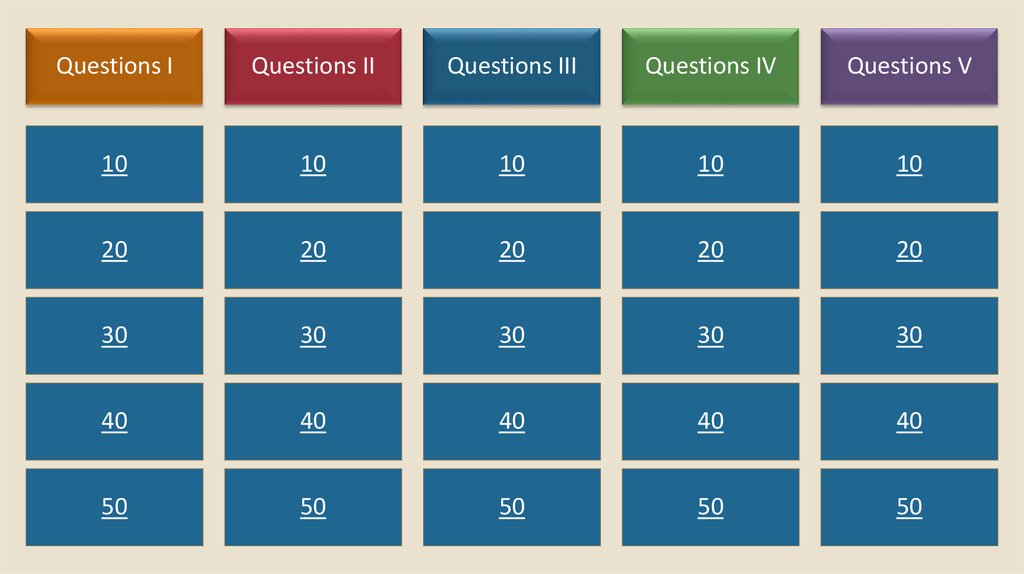
The term secondary education covers two levels on the International Standard Classification of Education (ISCE). Lower secondary education is the last phase of basic education. Level three is the first step towards tertiary study. Both are important. Secondary education, however, is typically more intensive than elementary. This article discusses the different types of courses available and their respective careers. You should also keep these things in mind.
School of Education
Secondary education means an institution offering a wide range of courses as well as a certificate that demonstrates maturity. The sixteen-year-old secondary school student has completed their secondary education program. The certificate, called a Reifezeugnis, is required for higher education. Secondary education is crucial in the development of children and their preparation for the future. Many secondary schools offer many courses, including English language and career preparation.
Secondary education is an integral component of the American educational process. It is composed of grades six through twelve. Secondary education can be considered equivalent to high-school in many English-speaking regions. Secondary education is completed by high school students. Many go on to college, university or the workforce after they have finished their secondary education. In most cases, secondary education is voluntary. There are many options available for postsecondary training. You will gain the skills, knowledge, and capabilities to be employed, self-sufficient, or independent if you have a secondary education diploma.

Curriculum
American education system had a curriculum that emphasised practical learning and social service. A number of vocational and practical subjects were added to the curriculum in the second decade of the 20th century. A variety of subjects, such as family and driver education, consumer economics, and mathematics to help you live your daily life, were added to this curriculum. All of these subjects eventually became crucial to secondary school students' education. Nevertheless, the primary focus of secondary school education remains the same: to provide students with a broad education and prepare them for college and career success.
Changes have been made to secondary education for many reasons. Education reform is urgently needed due to changes in funding, achievement, and demographics. In the United States, the average high school graduation rate has risen from 73 percent to 86% in 1970. As a result, states are raising graduation requirements. To meet the needs of all students, the Secondary Curriculum should reflect these trends. These are not easy challenges.
Courses
A foundational course in secondary education is essential for a career as teacher. These courses provide a broad overview of American education and teach theories and concepts. These courses can also be used to elective subjects. For example, students may need to create a personal philosophy on education. Teachers also need good lesson planning and teaching skills. Teachers must also be able engage in active listening, and communicate clearly verbally.
Secondary education programs can prepare you for the certification exam. Candidates who want to be teachers must complete 10 core seminars and 2 capstone clinical practice courses. Candidates must also pass the Praxis II Secondary Knowledge Test or other equivalent proficiency to be licensed. The Hawaii Pacific University School of Education has been nationally accredited until June 30, 2028. This program will allow you to become a teacher as well as a member AAQEP.

Different career options
After secondary education, there are many options. Students can use the guidance counselor, school's career center, or the Occupational Outlook Handbook to help them decide what they want to do. The internet is also a valuable resource, but it is important to select reliable websites. We have compiled a list containing websites that provide information on career exploration and postsecondary education. Your local library can be a great source of career information. Students have free access to the Internet if they need assistance finding a job.
Students in high school can study courses in commercial cooking and aged care. A growing field of study, SEO and social media can be pursued by students. Many businesses now require social media professionals and experts. Business and accounting majors also have a wide range of career options available to them after high school. Some vocational schools even offer career preparation programs. The student should investigate all options, regardless of the path they choose.
FAQ
What is the difference in public and private schools?
All students have the right to free education in public schools. They provide education for students from kindergarten through highschool. Tuition fees are charged by private schools for each student. They offer education from preschool through college.
Charter schools, which are private but publicly funded, are also available. Charter schools are not bound by traditional curricula. They give students more freedom and allow them to pursue their interests.
Charter schools are popular with parents who believe their children should receive quality education regardless of their financial status.
How much does homeschooling cost?
Homeschooling comes with no fees. Some families charge between $0-$20 per lesson. Other families offer free services.
However, homeschooling requires dedication and commitment. Parents should be able to dedicate enough time to their children.
They also need to have access book, supplies, books, and other learning resources. To supplement their education, homeschoolers may need to use community programs and events.
Parents should consider the cost of transportation, tutors, extracurricular activities, and other expenses.
Homeschoolers need to be prepared for special occasions, field trips and vacations.
How do I select my major?
Students choose their majors based upon their interests. Some students prefer to major in a subject they enjoy doing because they will find this easier than studying something else. Some people want to work in a field that has no job opportunities. Others choose a major to make money while they study. Whatever your reason, you should think about what type of job you would like to have after graduation.
There are many ways you can find out more about different areas of study. Talk to your family and friends about their experiences. To find out if there are jobs available, you can read newspapers and magazines. Ask your guidance counselors at your high school for information about possible careers. Visit your community center or library to find out more about Career Services. You can borrow books about various topics from the public library. You can search the Internet for information about specific careers.
How do you get scholarships?
Scholarships are grants awarded to help pay for college expenses. There are many types and types of scholarships. These are:
-
Federal Grants
-
State Grants
-
Student Loans
-
Work Study Programs
-
Financial Aid
Federal grants are made directly by the U.S. government. Federal grants are subject to certain conditions. You will need to prove financial need.
Individual states can offer grants to state governments. Some states offer state grants based only on financial need. Other states award money for specific reasons.
Banks and lending institutions offer student loans. Students often borrow money to pay for tuition and living expenses.
Work-study programs encourage employers to hire qualified student workers. Employers must pay workers at least minimum wage.
Financial aid helps low-income families afford college by covering most or all tuition costs.
Statistics
- In most developed countries, a high proportion of the population (up to 50%) now enters higher education at some time in their lives. (en.wikipedia.org)
- They are also 25% more likely to graduate from high school and have higher math and reading scores, with fewer behavioral problems,” according to research at the University of Tennessee. (habitatbroward.org)
- “Children of homeowners are 116% more likely to graduate from college than children of renters of the same age, race, and income. (habitatbroward.org)
- Data from the Department of Education reveal that, among 2008 college graduates, 92.8 percent of humanities majors have voted at least once since finishing school. (bostonreview.net)
- They are more likely to graduate high school (25%) and finish college (116%). (habitatbroward.org)
External Links
How To
Why homeschool?
There are many factors to consider when deciding whether to send your child to school or homeschool.
-
What kind of education do your children need? Are you looking for academic excellence or social skills development?
-
How involved would you like to be in the education of your child? Do you prefer to keep informed about the activities of your child? Or would you rather let him/her make decisions on his/her own?
-
Does your child have special needs? How can you help your child?
-
Will you be able to manage your child's schedule? Are you able to commit to teaching your child at-home every day?
-
What topics will you cover? Math, science, language arts, art, music, history, geography, etc. ?
-
How much do you have to pay for your child's education
-
Is your child old enough for school?
-
Where are you going to put your child? You need to locate a suitable space that is large enough for a classroom as well as adequate facilities, such as bathrooms or kitchens.
-
What is your child's age?
-
What time does your child go to sleep?
-
When will he/she awaken?
-
What is the time it takes to get from point A and point B?
-
How far away is your child's school?
-
How far is it from your home to your child's school.
-
How will you transport your child between school and home?
-
What are some of these benefits?
-
What are the drawbacks?
-
Who will watch over your child when he/she goes outside?
-
What are your expectations of your child?
-
What kind of discipline will you use?
-
What curriculum are you going to use?
There are many reasons why people decide to homeschool their children. Some of them include:
-
Your child is unable to attend traditional schools because of learning disabilities.
-
You would like to offer your child an alternative educational system.
-
You would like more flexibility with your scheduling.
-
You don't want to pay high tuition fees.
-
You feel your child is getting a better education than you could in a traditional school.
-
You believe you know more about your child than the teacher in traditional school settings.
-
You don't like how the school system works.
-
You are uncomfortable with the rules and regulations in the school system.
-
You want your child with a strong work ethic.
-
You want your child to be able to choose the courses that interest them.
-
You want individualized attention for your child.
Other benefits of homeschooling include the following:
-
There are no worries about uniforms or books, pencils, papers, or other supplies.
-
You can personalize your child's education according his/her interest.
-
Parents can spend more time with their children when they homeschool.
-
Homeschooled students are more likely to learn faster than their peers, as they aren't distracted by other people.
-
Many homeschoolers score higher in standardized tests.
-
Families who homeschool tend to be happier in general.
-
Homeschool students are less likely to drop out of school.